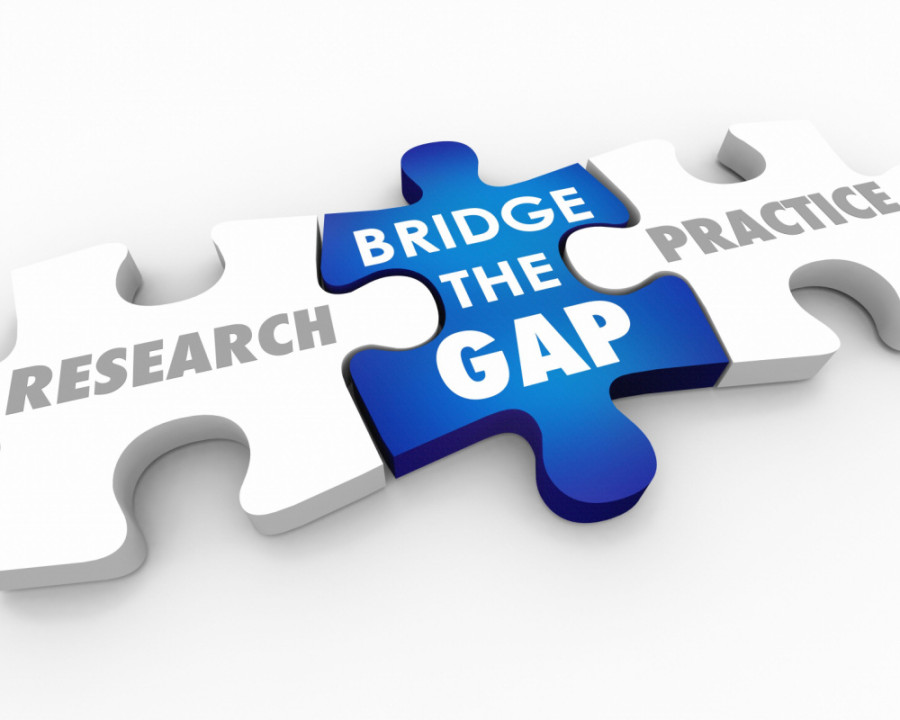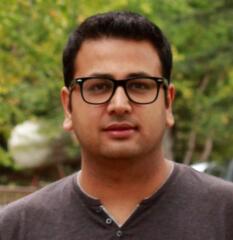Columns
Translating water research into practice
Bridging the gap between water research and practice is a shared responsibility.
Prabin Rokaya
Hydrology and water resources have observed tremendous technical advances in the last few decades due to innovations in instrumentation, monitoring and modelling. Today, there are insights on issues like global freshwater availability, global flood risk and future water security. The human dimension of water management has also been recognised. And we are slowly shifting from engineering solutions to water problems towards nature-based solutions and new approaches to water research that increasingly acknowledge the role of the public in data acquisition and the role of social systems as part of a coupled water system.
While the social complexities of water management have been acknowledged, efforts to convert research into practice have not received similar attention. End users (typically government agencies, water or watershed management authorities, forecasting committees, and other stakeholders and rights holders) lack the same level of access to technical resources or capability compared to water researchers in universities, research institutes and other national/international organisations. This has created a significant gap between advances in research and the collective capabilities of our institutions in implementing those scientific advances, particularly at the local level.
Researchers generally believe that connecting research with practice is not their responsibility. After all, training end users, transferring knowledge and providing technical/maintenance support neither soothe scientific curiosity nor provide the necessary career incentives that the pursuit of original research does. This raises an important question of who should bring research and practice together in water resource management. While there are boundary organisations and knowledge mobilisers that specialise in bridging the gap, the short and simple answer is everyone. It is a shared responsibility.
The practical challenges
Open science is gaining momentum, but many publications still do not require the public sharing of data or the availability of model codes or scripts. This is problematic when others want to reproduce findings or adopt new models or methods. A survey of more than 1500 researchers by Monya Baker in 2016 revealed that more than 70 percent of researchers tried and failed to reproduce the work of another scientist. The use of commercial software and tools (with expensive licensing costs) is another hindrance to practical application.
In addition, practitioners are often occupied with day-to-day operations and management and have institutional structures and arrangements that leave little time for innovation. Furthermore, adopting new scientific advances often places an additional burden because it may require acquiring new skill sets, developing new partnerships, and investing in new infrastructure. Similarly, since research methods and results are largely shared through journal publications, translating hydrology research into practical applications requires an understanding of journal publishing. However, not everyone is accustomed to scientific publishing or has time to pursue recent literature. Similarly, many important advances may be hidden behind expensive journal paywalls.
It is easier to partner and collaborate with researchers in the same laboratory or department, but it is much more challenging and time-consuming to involve stakeholders outside the research organisations. The time and resources required to build relationships and trust, which serve as the foundations for engagement, are not always valued by the research community. New advances in accessibility through virtual meetings are breaking down these barriers, but only for those with access to stable internet. It still remains difficult for end users to adopt knowledge, tools or technologies that they are not familiar with, skilled at, or have a sense of ownership over.
There is a growing emphasis on ensuring that academic research produces a measurable social impact. However, many funding agencies still do not require transferring knowledge and technology to end users. Even if it is included, metrics for successful outcomes remain elusive. In many cases, knowledge and technology transfers become challenging due to scaling issues. The spatial domain of research may not necessarily align with how water is managed or decisions are made. As such, up- or downscaling of data and model outputs required to make them fit-for-purpose becomes difficult.
End users have concerns related to user support and the sustainability of the new data, tools or systems. Integrating new advances may require not only technical assistance during initial implementation and testing but also maintaining long-term support. Research projects have time frames. So when they are completed, and funding is exhausted, employees may move to new projects, institutions, and locations. This could result in a discontinuity in knowledge products or services. Increasingly computational infrastructure, software, and models are also being developed using pre-built (third-party) software dependencies (libraries or packages). In time, these programme dependencies get outdated, requiring periodic updates.
Recommendations to bridge the gap
If stakeholders and rights holders are involved from research inception, it has the potential to provide better adoption of scientific advancements in policy making and practice. Only through a collaborative process can researchers and end users create knowledge and tools that have practical relevance and wider scope for adoption. Sharing data ownership, incorporating local feedback on model improvement, communicating research findings, technology transfer, etc., can create a feeling of ownership among practitioners.
Proper training, guidance and support are needed for knowledge and technology transfer. The user support mechanisms must be built-in as a part of the research projects. The provision of engagement and technology transfer ensures that researchers are addressing end users’ needs and end users are shaping research development. Similarly, the contributions to the practical implementation of research knowledge and tools must be acknowledged and rewarded. This can be achieved through changes in the metrics for promoting researchers, for example, by acknowledging community engagement and support as part of contributions to research.
Research data and methods, including model codes and scripts should be publicly shared and written using public domain software and languages. The data should also adopt FAIR (Findable, Accessible, Interoperable, and Reusable) principles to improve the reuse of scholarly data and avoid duplication of efforts. Many repositories (e.g. GitHub, Zenodo, Hydroshare, DataHub, Figshare, etc) also allow storing, archiving and even obtaining digital object identifiers for data and models. There is also a risk that many existing open-source software libraries, tools and platforms may not be updated or continually be available without a sustainable financing mechanism. Therefore, all research stakeholders need to collectively explore a funding mechanism for ensuring sustainable open-science.
There is a further need to provide more opportunities for practitioners to engage and meaningfully contribute to research. Adjunct professorships, guest lectureship, co-student supervisions, memberships in student advisory committees, co-investigators in research grants, etc., are all potential avenues to engage end users and other experts with university and research organisations. Scientific conferences and workshops should invite end users to be plenary or guest speakers, to be part of organising committees or to other opportunities. Since journal publications are an important gateway for knowledge dissemination, increased participation of end users in publishing, editing and reviewing roles can further build bridges between research and practice.




 7.12°C Kathmandu
7.12°C Kathmandu















